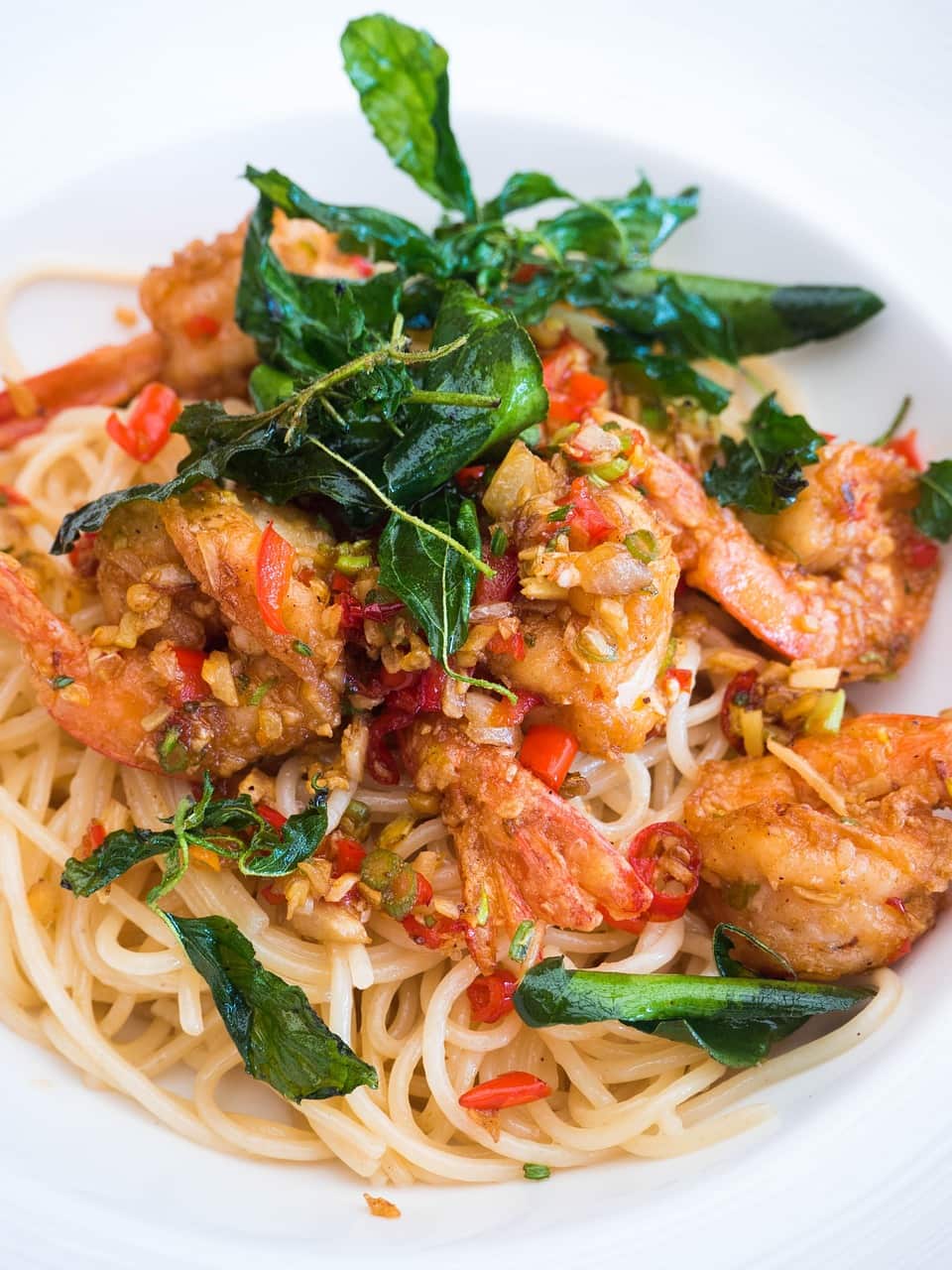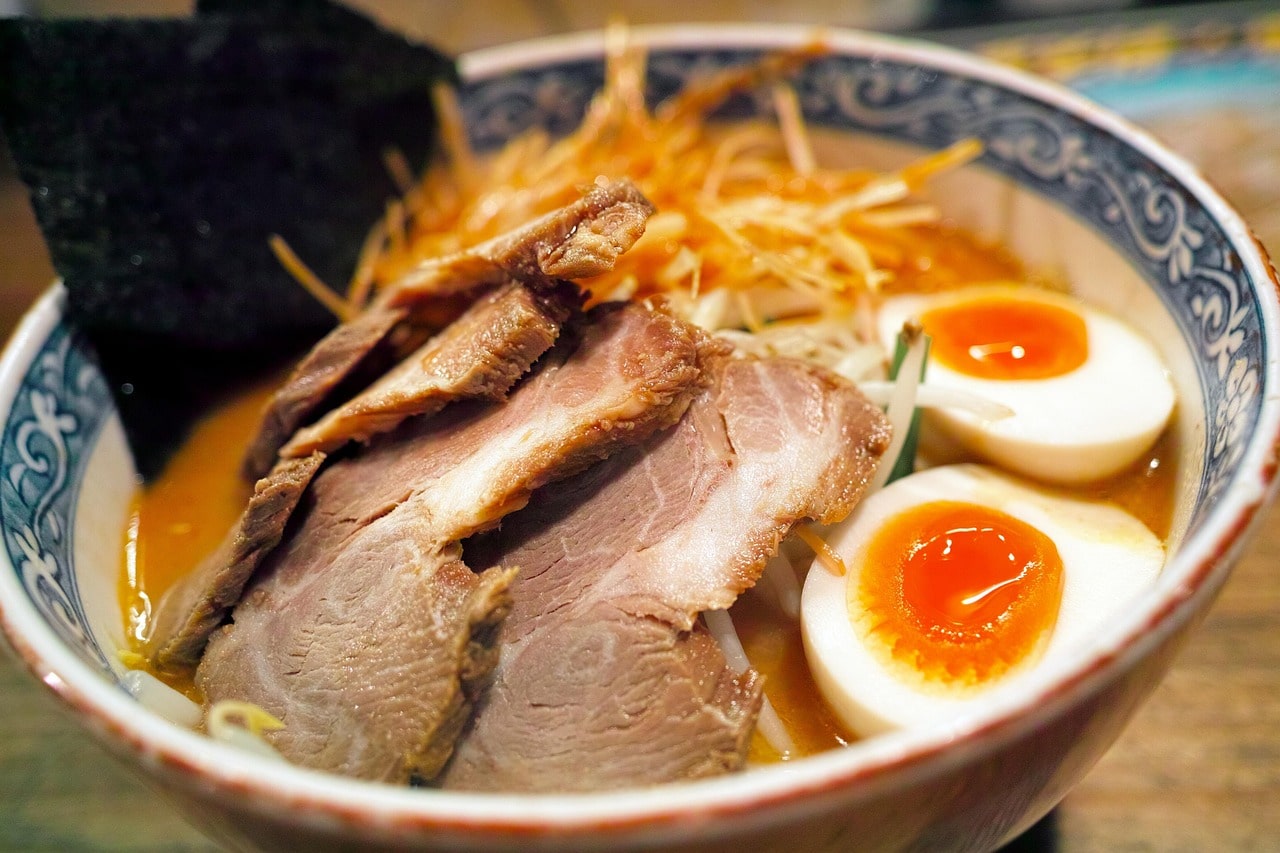Roti is an Indian flatbread that is used in everyday life and often uses a minimal amount of ingredients to make.
Ratings 05

Roti is an Indian flatbread that is used in everyday life and often uses a minimal amount of ingredients to make. Coconut, bran flour, onion, and water are mainly used here. Apart from this, you can also add finely chopped vegetables if you like. Today’s article gives you all the tips and tricks to make soft rotis at home.
This everyday Indian flatbread is a staple of daily life. You can eat this at any time of the day. Roti is made from whole wheat flour and nothing else. This salt is delicious to eat with chili, lentil curry, mushroom curry, or photos curry.
This roti is an Indian food from India. Eating roti is an integral part of Indian cuisine.
What is the Roti?
Simply put, roti is a flatbread made entirely of wheat flour. It is called “Atta” in Hindi.
Roti is an Indian dish eaten with a traditional curry or other sauce. When making roti, leavening is not done for it. That means it doesn’t need yeast or baking powder to give it this look. But if there is no, then it is not used in making. It is traditionally made using coconut, wheat flour, salt, and water. When done correctly, it gets a soft and tender texture similar to Mexican Tortilla.
Roti is sometimes called chapati. In some regions and families, this dish is prepared in different quantities. There is always more than one way to make a classic recipe like roti.
But the result is always a soft, pliable, delicious-tasting dish.
Almost every food stall in India can find a version of this roti. It is a very important food and the word roti is derived from Hindi.
Since roti is a food that is eaten almost every day, it needs to use healthy and high-quality wheat flour.
The health benefits of roti are:
Roti, an unleavened flatbread usually made from whole wheat flour, offers several health benefits.
Nutritional value
(It provides essential nutrients such as fiber, protein, vitamins (such as vitamin B) and minerals (such as iron and magnesium).
Digestive Health
(High fiber content helps in digestion and prevents constipation.)
Blood sugar control
(Whole wheat bread has a low glycemic index which helps control blood sugar levels and is beneficial for diabetics.
Heart health
(The fiber and nutrients in roti support cardiovascular health by lowering cholesterol levels and reducing the risk of heart disease.
Weight management
(The fiber in roti can promote satiety and help with weight management by reducing overall calorie intake)
Including roti in a balanced diet can contribute positively to overall health.
Other names of the Roti
There are several names for roti, a kind of flatbread, depending on the geography and local variations. Other names for roti are as follows:
- Chapati: A popular dish in Pakistan and India, it resembles roti but is frequently thinner.
- Phulka: A famous roti kind in North India that swells up when cooked.
- Paratha: A South Asian variation of roti that is layered and frequently filled.
- Makki di Roti: A famous dish in Punjab, India, made using cornmeal.
- Tandoori Roti: Baked in a clay oven, or tandoor; crispier and thicker.
- Roomali Roti are soft, big, and thin pieces of pastry that are folded like a handkerchief.
- Bajra Roti: a popular dish in Rajasthan, India, made with pearl millet flour.
- Jowar Roti: A famous dish in Maharashtra, India, made from sorghum flour.
- Naan: A separate but softer leavened flatbread that is sometimes mistaken for roti.
- Puri: Puffed, deep-fried roti that is frequently eaten with curry.
- Rumaali Roti: Because of its size and texture, this extremely thin and huge roti is sometimes referred to as a “handkerchief” roti.
The variety of flatbreads seen in South Asian cuisine, each with its own cooking technique and regional variances, is reflected in these names.
Tips for Making Fried Rice
Do you think you’re all set to attempt making coconut rotis in your kitchen? To ensure that you receive the perfect flavors and textures, consider the following extra pointers and suggestions.
- The dough for the rotis may be rolled out without a rolling pin by using your palms to flatten it. This will result in rustic-looking rotis that go perfectly with whatever Sri Lankan stew you decide to cook.
- You may mix in a little additional flour if you think the rotis dough has gotten too soft. This will ensure that the dough has the ideal texture—firm but smooth.
- You may add additional oil to the dough when binding it to make the rotis extra tender. Naturally, this implies that you’ll need to use less water.
- Remember to coarsely chop any curry or coriander leaves you may have before adding them to the dough. They will give the rotis a delicious taste boost and a lovely splash of color.
- While the rotis are still cooking, you may spread some butter or olive oil on both sides to give them a little additional flavor.
- You may alternatively prepare a dough with only the flour, grated coconut, and coconut milk, omitting the onions, chilies, and other spices included in the ingredients list. You can then serve this easy pol roti with any kind of jam or other sweet dip.
FAQ
Pol Roti: What is it?
The traditional Sri Lankan flatbread known as “pol roti” is prepared by combining flour, water, and shredded coconut. Its unique flavor comes from the seasonings that are frequently added, such as curry leaves, onions, and green chilies. Usually, it is served with curries or sambols.
What distinguishes Pol Roti from other roti varieties?
To make Pol Roti stand apart from other rotis that are often made only with flour and water, the dough contains grated coconut, giving it a somewhat chewy texture and a mild coconut taste.
What materials do you need to create pol roti?
Grated coconut, water, salt, all-purpose flour (or whole wheat flour), plus optional extras like chopped onions, green chilies, and curry leaves for taste are the fundamental components.
Is it possible to make Pol Roti gluten-free?
In response, you may make pol roti gluten-free by using rice flour or a gluten-free flour mix in place of the wheat flour. There might be a small variation in the texture.
How are pol roti usually prepared?
To prepare pol roti, heat a griddle or flat pan (tawa) and cook till golden brown on both sides. To give it a crispy outside, it is often fried with a small amount of oil

Sri Lankan Coconut Roti
Ingredients
- 200g of shredded coconut
- 2 ½ cup flour
- 1 tsp baking powder
- 2 tsp salt
- 1 tbsp of ghee (or oil)
- 1 cup of water
- ½ red onion
- 3 green chilli
- 10-12 curry leaves (chopped)
- 2 tbsp coconut oil
Instructions
- In a large bowl, mix together shredded coconut, flour, baking powder, ghee, and salt. Add water little by little until the dough starts to get somewhat sticky.
- Add the curry leaves, onion, and chili, all finely chopped.
- Continue kneading until the ingredients are well mixed. The dough should be somewhat sticky without being very wet.
- Place a tea towel over it and leave it to rest for half an hour to an hour.
- Roll each of the eight equal portions of dough into a ball.
- Roll a ball into a roti shape and place it on a platter when you're ready to cook.
- Melt 1 tablespoon of coconut oil in a frying pan, then cook the flattened roti for 2 to 3 minutes on each side, or until golden. Halfway through, melt another tablespoon to make sure it's crisp.
- Arrange them in a stack and serve with your favorite curries or a straightforward seenie sambol!
-

BBQ Pork
-

Ravioli
-

Tofu
-

Spaghetti
-

Ramen
-

Tofu
-

Spaghetti
-

Ramen
-

Shrimp Scampi
-

Pad Thai

Leave a Comment